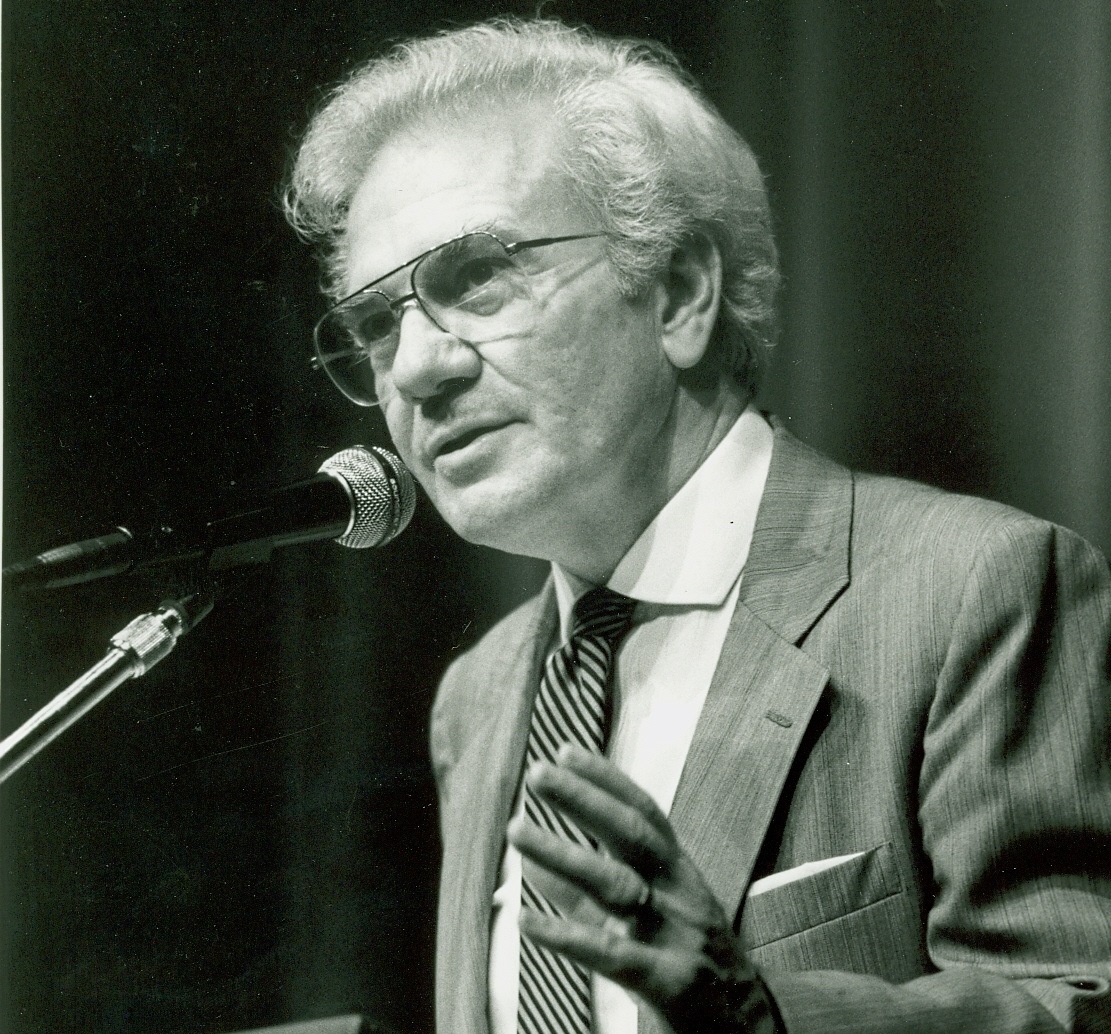
Martin Luther King, Jr. acknowledging the crowd gathered in Washington, D.C.
Today we Americans observe a federal holiday in remembrance of one of the greatest forces for peace and justice that ever lived. Yes, for a lot of people the best thing about today is having a day off work or school. I won’t deny that is a nice perk. I mean, who doesn’t love a three-day weekend? No one. However, amongst the extra errands you may be running to get a head start on the work week, or the extra relaxing you may be enjoying to recuperate from the hectic weekend, we should all carve out a few minutes of our day to remember the life of Martin Luther King, Jr. To remember how he lived so fearlessly for a cause of equality which he pursued tirelessly. To remember the words he spoke so eloquently. To remember that the echoes of his words still ring today, and that some are hearing his words for the first time.
In 1988, Ernest Boyer spoke at a conference sponsored by the Martin Luther King, Jr. Federal Holiday Commission in Washington, D.C. The conference was organized to discuss meaningful ways to infuse the life and work of Martin Luther King, Jr. in school curriculums across the nation. Boyer delivered a speech entitled “The Life of Martin Luther King: An Educational Imperative.”
To Boyer, incorporating the memory of Martin Luther King into the nation’s classrooms was a crucial necessity – and served as a way to expose students to the civil rights movement in the United States, the understanding and power of nonviolence, and reverence for the written and spoken word. Not doing so would mean Martin Luther King, Jr. Day would “be a time when we remember only the symbols, not the substance of his work.”
Boyer’s speech outlined three specific reasons why school curriculums should include a study on Martin Luther King, Jr.:
1.) A study of Dr. King’s life, work, and legacy introduce students to the 20th century freedom movement in the United States.
2.) Dr. King’s legacy lives on today through the words he spoke and penned. He has left the world a multitude of literary devices within his speeches and letters that teachers should tap into and incorporate in lessons. Boyer never stopped triumphing the centrality of language, and for him, Dr. King’s lasting words can teach students that “language is a sacred trust.”
3.) Students that understand Dr. King learn that what you learn in life influences how you live. Education has the power to teach morality. Education has the power to inspire service. Education has the power to fuel mission. The life of Martin Luther King, Jr., better than most, highlights these human imperatives.
In short, Boyer said it quite simply with one sentence in his speech: “No student in America’s schools can be considered well educated if he or she does not learn about this nation’s long and agonizing crusade for civil rights…”
Photo courtesy of The Seattle Times gallery on Martin Luther King Jr. and the civil rights movement.







